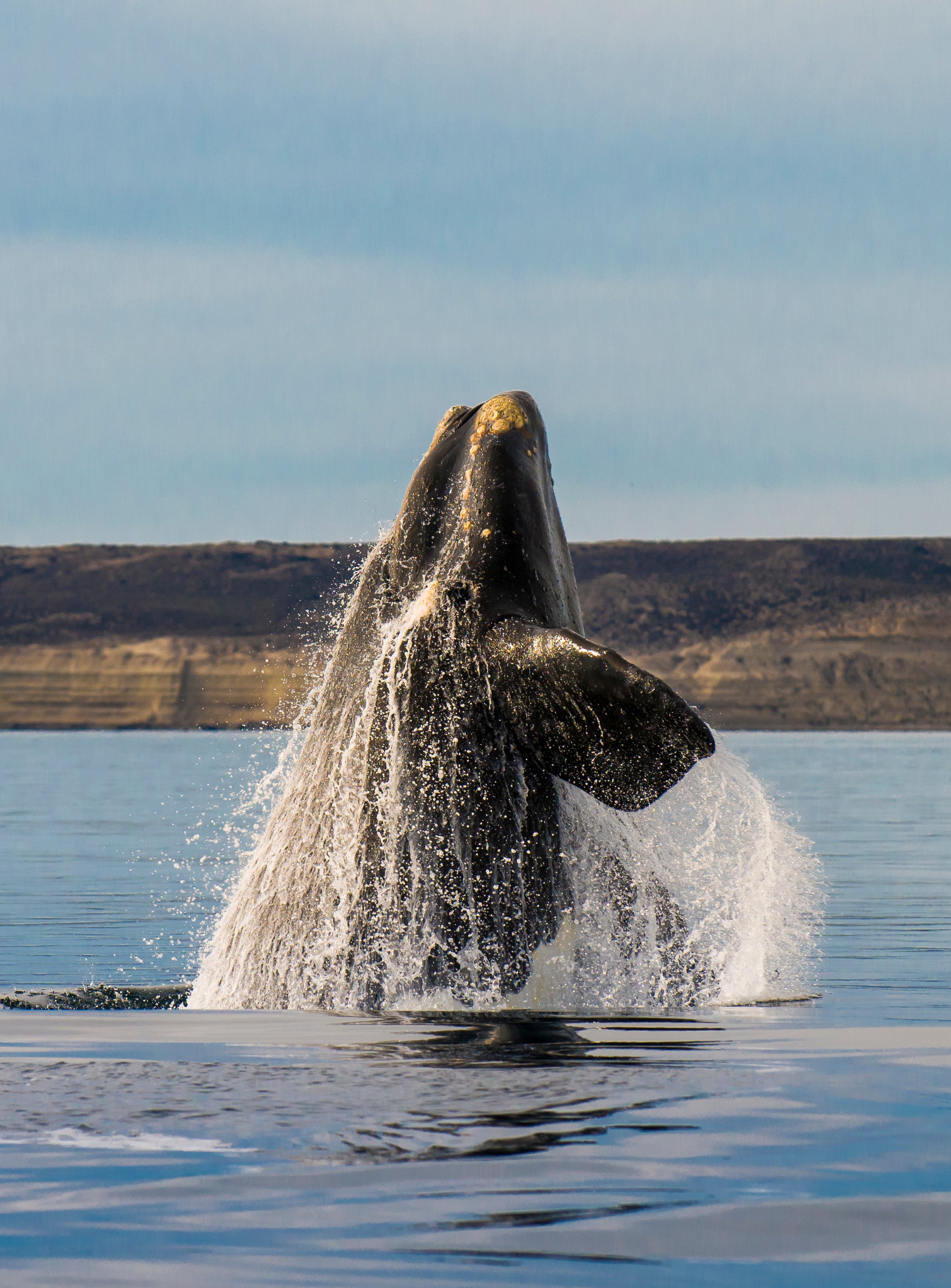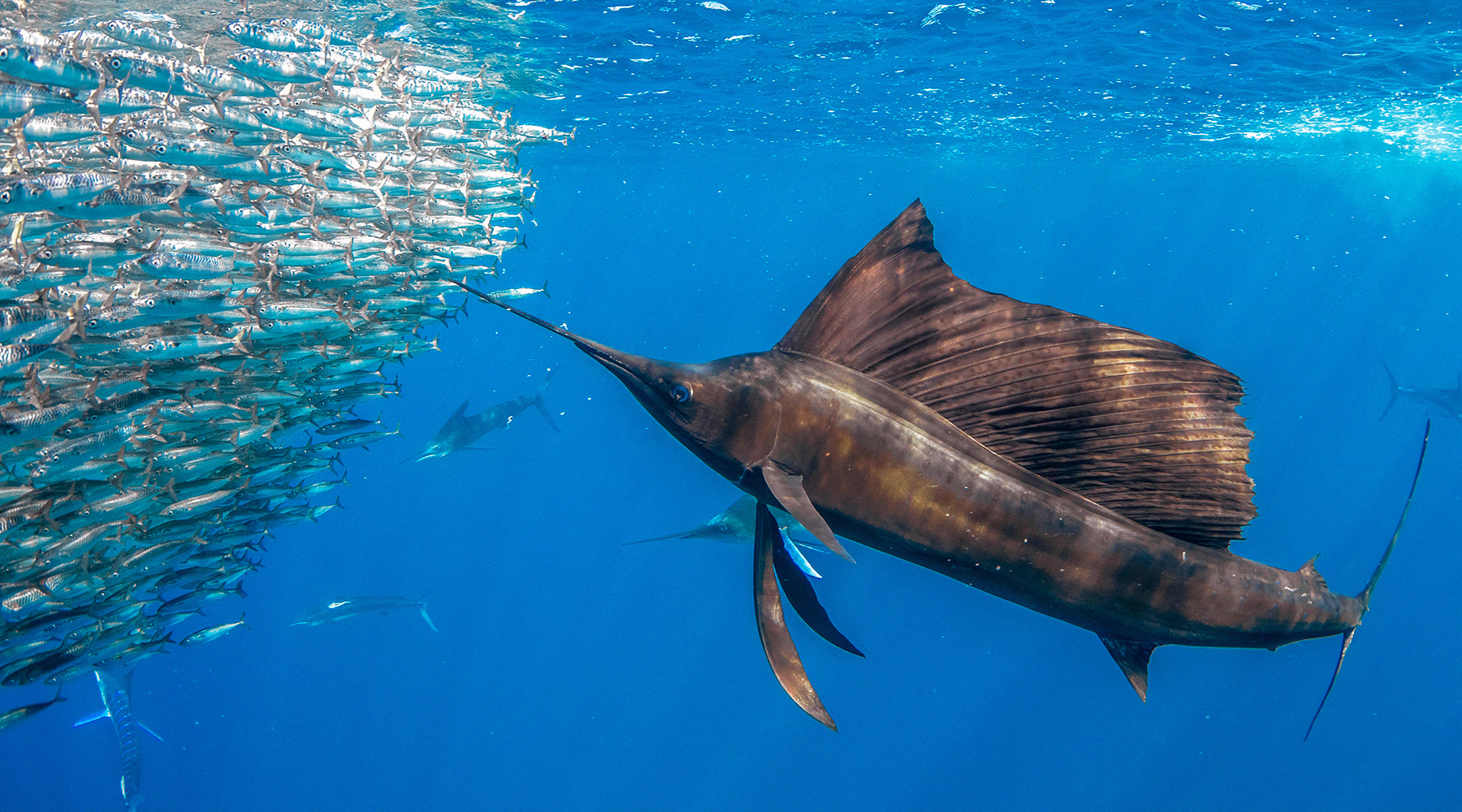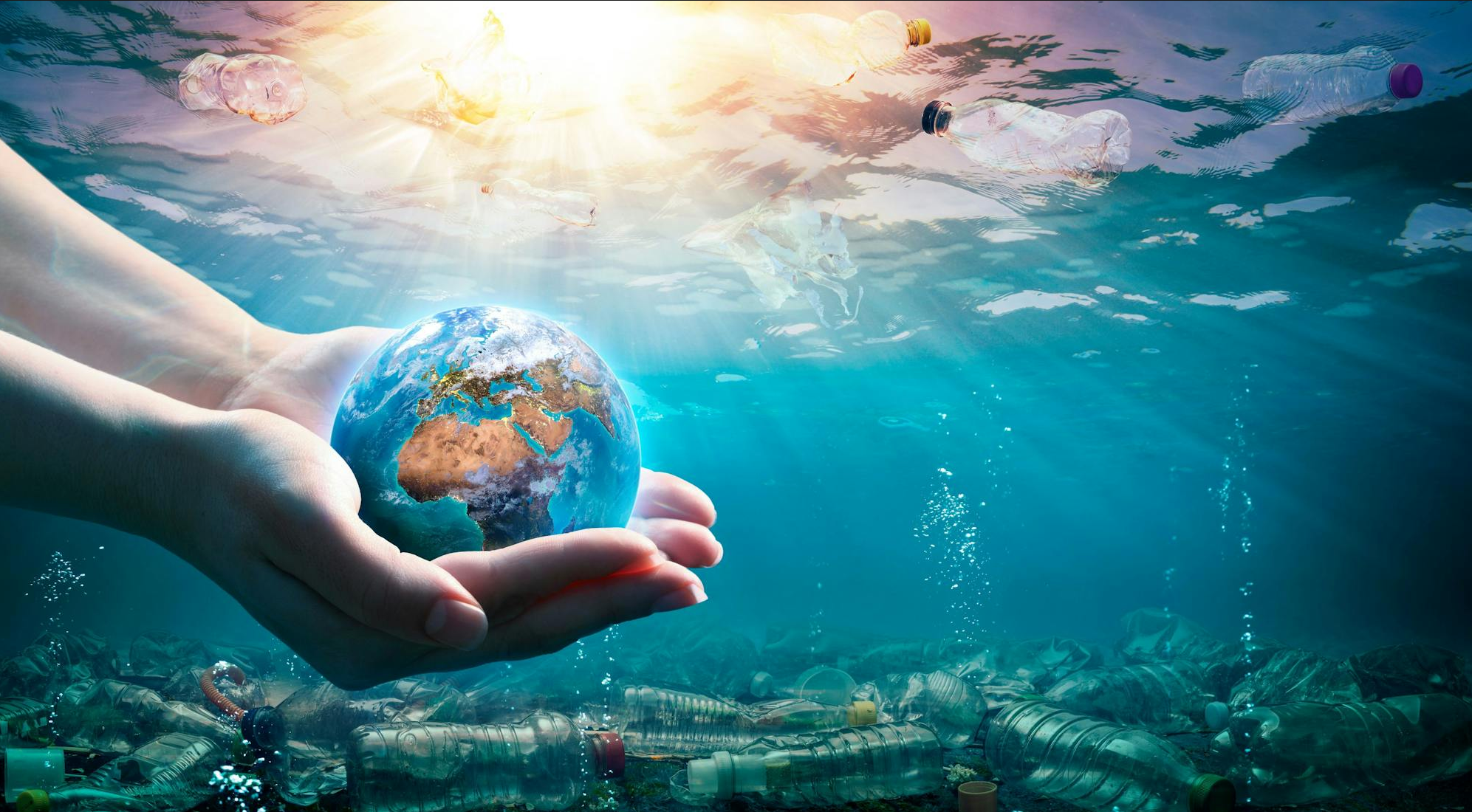5 MIN READ
5-13-2024
Race For Survival:
Mystery Illness Killing
Critically Endangered Sawfish
Mikaela Walsh, 4ocean Research Analyst
A mysterious disease is killing highly endangered Smalltooth Sawfish. We asked a scientist to explain what’s going on.
In the past few weeks, numerous reports of various marine fish were observed across the Florida Keys spinning uncontrollably until they ultimately succumbed to death; the first report of this behavior was documented in November 2023. Scientists were perplexed about the cause of this phenomenon. Then, significant red flags appeared once this critically endangered sawfish was seen doing the same thing a few months later.
Native to the Southeast United States, the Smalltooth Sawfish was listed as endangered under the Endangered Species Act in 2003, making it the first marine fish to receive federal protection. It is estimated there are as few as 650 breeding females of the smalltooth sawfish left along the coastlines of Florida. Now, they face a deadly new threat that has the scientific community puzzled. These sawfish are generally found in deeper waters as they mature. However, since this spinning behavior has manifested, sawfish have been seen in shallow water. They are swimming up to such shallow water that they ultimately beach themselves due to the amount of distress they are physically experiencing.
As of May 8, 2024, reported sawfish mortalities have reached 47 individuals. This could further threaten the sawfish population, which is already struggling to recover due to other ongoing threats and a minuscule population. Another troublesome thought is that these sawfish are negatively buoyant. This means they do not float to the surface after they die but typically sink to the bottom of the ocean floor. Consequently, the mortality number could be much higher than reported since scientists and reporters of these occurrences cannot see or quantify those that sink below the surface in deeper waters.
Scientists and researchers from various specialties are investigating the cause of the recent surge in deaths among smalltooth sawfish in the Florida Keys region, working tirelessly to determine the root of this behavior. Dr. Chris Malinowski and his team are partnering with other researchers and conservation groups to examine the blood chemistry of organisms. Their team is conducting a comprehensive assessment of health indices using blood as an indicator of stress and any health-related issues relative to this event and to understand if recovery is possible once environmental conditions improve. To do this, they are examining healthy, asymptomatic individuals and comparing those to symptomatic individuals. “Across multiple elasmobranch species impacted by this issue, including smalltooth sawfish, nurse sharks, lemon sharks, and black tips, we are testing control (or perceived healthy animals) versus symptomatic animals. This is to investigate differences in individuals of the same species that were collected from impacted and unimpacted sites, and also before and during this event from impacted locations,” says Dr. Chris Malinowski, the Director of Research and Conservation at Ocean First Institute. This entails collecting samples from organisms considered injured and sick and those not showing those signs, including examining individuals from sites outside the Lower Keys area and those from the Lower Keys “hot spot” region collected in previous years. In collaboration with other organizations, Ocean First Institute is looking at the blood health of elasmobranch species to determine the differences in the chemistry of affected and unaffected individuals.

4ocean x Mang
Bracelets
Shop Now - Clean the OceanThe newest information from FWC (Florida Wildlife Commission):
- With over 200 water samples collected
- Dissolved oxygen: Normal
- Salinity: Normal
- 250 Chemicals tested: No abnormal presence beyond the normal limit
- No indication of Red Tide
- Sediment samples for heavy metals: Results pending
- Fish Necropsy displays
- No sign of communicable pathogen; viral
- Not supporting bacterial infection
- Tissue sampling ongoing
- Necropsies on recovered sawfish samples of blood and tissue are undergoing analysis and awaiting results.
- Twelve smalltooth sawfish tissue samples have been sent out to laboratories for toxin analyses; results are pending.
- Algal blooms
- Various benthic Harmful Algal Blooms have been identified, as well as their associated toxins.
- Elevated levels of Gambierdiscus were observed in the early stages of examination.
Most of the previously known causes of this behavior have been ruled out at this point, as scientists are searching for any abnormalities and potential causes. Scientists cannot confirm if the distress shown between all the species has the exact cause or if the species can recover after this massive loss. To date, this abnormal spinning behavior has been observed in sawfish, protected Goliath Grouper (also once considered for listing under the Endangered Species Act), and over 50 other species in the Florida Keys. Once (and if) the cause of this behavior is identified in any species, it can help direct the investigation into the sawfish, as they are critically endangered animals.

Algal blooms can be harmful to other marine organisms, causing mass mortalities across regions of the water. This occurs because the algae release toxins that harm marine fish and create low oxygen zones. Despite all the negative effects of algal blooms, they occur due to excess nutrients in the water, which is commonly a result of the runoff of fertilizers or wastewater from land. Extra nutrients mixed with sunlight, warm water, and slow currents are the perfect conditions for algae to replicate and flourish. New reports from FWC show that in the “hot spot” region of the Lower Keys shows the presence of various benthic (ocean floor) harmful algal blooms and associated toxins. The significance of this finding is still unknown and requires further investigation.
Another abnormal finding observed from water sampling showed an elevated level of microalgae, Gambierdiscus species. This could be a possible area of concern because this specific dinoflagellate (single-celled phytoplankton, also known as microalgae) produces ciguatoxins that can climb up the food chain and accumulate in organisms. This ciguatoxin has been previously recorded as a neurotoxin to humans, which could be a possible reason for further investigation into this microalgae. This microalgae could impact these organisms but is inconclusive to date. “Scientists will continue to go down that avenue, but I think there’s probably more to it than that. There might be other novel toxins that have not been measured yet; maybe Gambierdiscus is part of this picture, but I don’t believe it will end up being the whole picture. This could be a result of an overall stressed environment right now, with any number of water quality issues leading to this issue impacting so many different species,” says Dr. Chris Malinowski. He further describes that something must have happened here to trigger a massive event of illness among such a wide variety of species.
As part of a response plan, the Florida Fish and Wildlife Conservation Commission (FWC) recently responded to a distressed sawfish in the Florida Keys. The sawfish was rescued and transported to facilities at Mote Laboratories, where it received critical care. They transported the large 11-foot fish to Mote’s Lower Keys Facility to stabilize the animal. After a few days, once it was classified as strong enough for further transport, they moved this sawfish on a several-hour car ride to an alternative location with more extensive rehabilitation treatment. This was made possible with the help of conservation groups, such as Mote, NOAA, FWC, and Ripley’s Aquarium. As of May 2nd, this sawfish regrettably had to be euthanized despite the around-the-clock effort to rehabilitate the distressed animal.
It is an uphill race to find the cause of this behavior, which researchers are endlessly trying to find. The cause of this behavior is still unknown, but the hope remains to find the cause as soon as possible to save this critically endangered species from further threat of local extinction. What scientists do know is a lot of species are showing extreme distress. “It’s an alarming time, after decades of recovery. It’s a species that many people care about and is vital to the ecosystem, and the scientific community is sad about this. I hope the sadness of this turns into action. Everything we do here in Florida impacts our coastal ecosystems,” says Dr. Chris Malinowski. To end this unprecedented issue, the cause must be discovered, and solutions must be implemented to prevent something like this from occurring again. Raising awareness is such a crucial aspect of creating change for our oceans. It takes a village to find answers like this, especially when the scientists are racing against the clock to find the cause.
If you encounter a healthy, sick, injured, or dead sawfish, report it to FWC’s Sawfish Hotline at 844-472-9347 or email sawfish@myfwc.com
Stay up to date with the newest findings using this link:
https://myfwc.com/research/saltwater/health/spinningevent/

4ocean x Mang
Bracelets
Shop Now - Clean the OceanYou May Also Like



